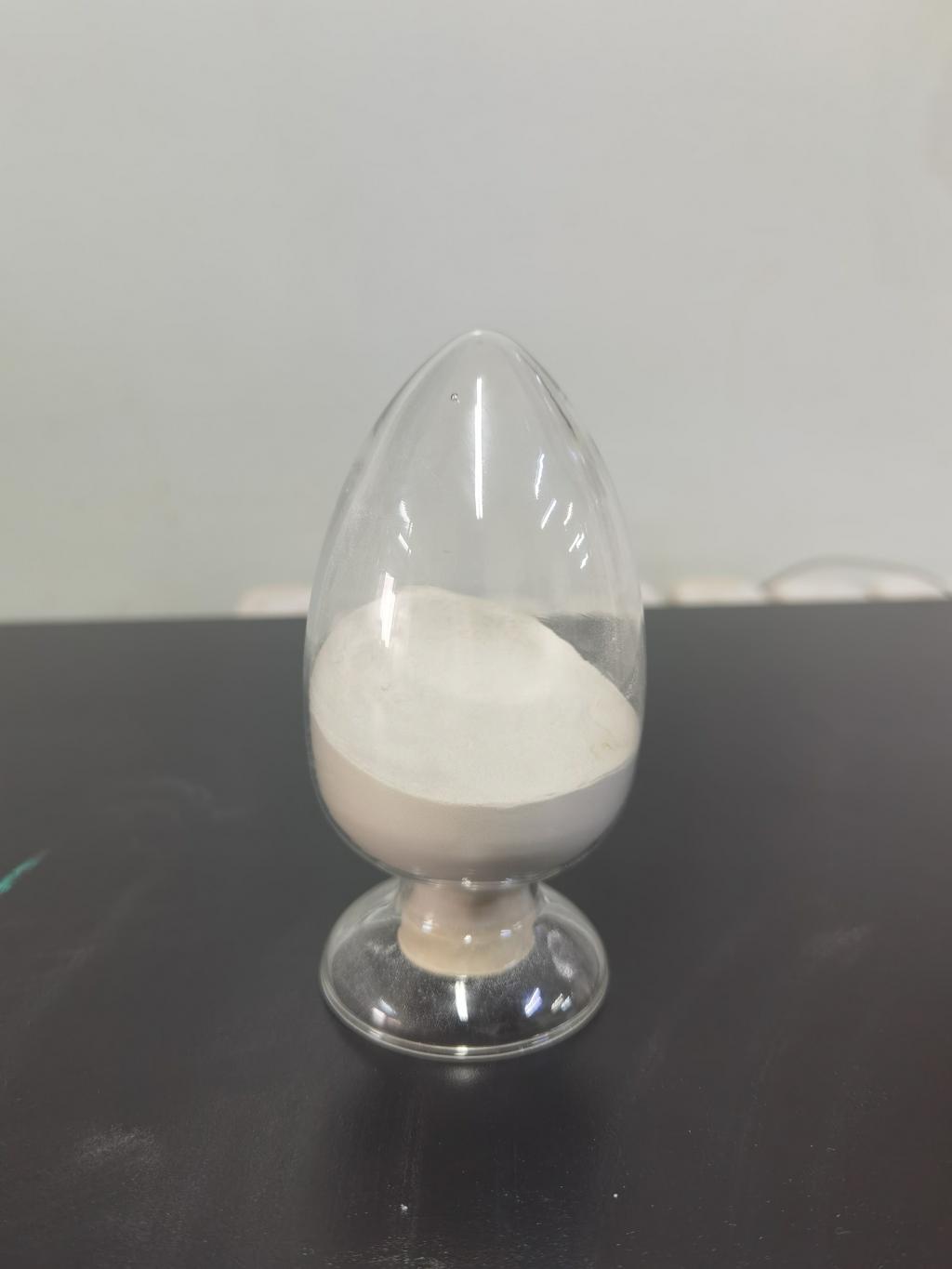Tel:0086 18231198596

News
Current Position:
Home >
News
>Nisin's natural origin makes it appealing to consumers seeking healthier products.
Nisin's natural origin makes it appealing to consumers seeking healthier products.
TIME:2024-04-10
Origins of Nisin:
Nisin is a naturally occurring antimicrobial peptide produced by certain strains of the bacterium Lactococcus lactis. Discovered in the early 20th century by scientist Albert Kluyver and his student Cornelis van Niel, nisin was first isolated from a sample of cured cheese. Its antimicrobial properties were soon recognized, and it was later commercially developed as a food preservative.
Unlike many synthetic food additives, nisin is derived from microbial fermentation, making it a natural and sustainable ingredient. This natural origin makes it particularly appealing to consumers who prioritize clean label products and seek alternatives to artificial preservatives and additives.
Health Benefits of Nisin:
Beyond its role as a food preservative, nisin has also been studied for its potential health benefits. Research suggests that nisin exhibits antimicrobial activity against a wide range of harmful bacteria, including certain strains of Staphylococcus aureus and Listeria monocytogenes, which are known pathogens responsible for foodborne illnesses.
Furthermore, nisin has been investigated for its anticancer properties. Some studies have demonstrated its ability to inhibit the growth of cancer cells, particularly in cases of head and neck squamous cell carcinoma. While more research is needed to fully understand its mechanisms of action and therapeutic potential, these findings underscore the multifaceted nature of nisin as a bioactive compound.
Applications of Nisin in Food Preservation:
One of the primary applications of nisin is in food preservation. Its antimicrobial properties allow it to inhibit the growth of spoilage microorganisms and pathogens, thereby extending the shelf life of various food products. Nisin is particularly effective in dairy products, meats, and canned foods, where microbial contamination is a concern.
In addition to its role in extending shelf life, nisin can also help reduce the need for other chemical preservatives and additives, contributing to cleaner ingredient labels and meeting consumer demand for more natural and minimally processed foods.
Environmental Benefits of Nisin:
From an environmental perspective, nisin offers several advantages over traditional chemical preservatives. Since it is produced through microbial fermentation, it has a lower environmental footprint compared to synthetic additives derived from petrochemicals. The production process for nisin generates fewer greenhouse gas emissions and consumes less energy, aligning with sustainability goals in the food industry.
Furthermore, nisin can help reduce food waste by extending the shelf life of perishable products. By inhibiting microbial growth and spoilage, it enables manufacturers to minimize product losses and maximize the utilization of resources. This not only benefits the bottom line but also reduces the environmental impact associated with food production and distribution.
Consumer Perception and Market Trends:
The increasing consumer demand for natural and sustainable products has propelled the adoption of nisin in the food industry. Manufacturers are responding to this trend by reformulating their products to include clean label ingredients like nisin, thereby enhancing their market appeal and meeting evolving consumer preferences.
Moreover, the rise of clean eating movements and the growing awareness of the environmental impact of food production have further fueled the demand for natural preservatives like nisin. Consumers are increasingly seeking transparency in labeling and are willing to pay a premium for products that align with their values of health and sustainability.
Regulatory Considerations and Safety:
Despite its natural origin, nisin is subject to regulatory oversight to ensure its safety and efficacy as a food additive. In most countries, including the United States and the European Union, nisin is approved for use as a preservative in various food categories within specified limits.
Regulatory agencies such as the U.S. Food and Drug Administration (FDA) and the European Food Safety Authority (EFSA) have established guidelines for the use of nisin in food products, including maximum permitted levels and labeling requirements. Compliance with these regulations is essential for manufacturers to ensure consumer safety and maintain market access.
Future Prospects and Conclusion:
Looking ahead, the demand for natural preservatives like nisin is expected to continue growing as consumers become increasingly conscious of the health and environmental implications of their food choices. Advances in biotechnology and fermentation techniques may further enhance the production efficiency of nisin, making it more accessible to food manufacturers worldwide.
In conclusion, nisin represents a compelling example of harnessing nature's power to create healthier and more environmentally friendly products. Its natural origin, antimicrobial properties, and potential health benefits make it a versatile ingredient with diverse applications in the food industry. By incorporating nisin into their formulations, manufacturers can meet consumer demand for clean label products while contributing to a more sustainable future for food production and consumption.

 CONTACT
CONTACT




